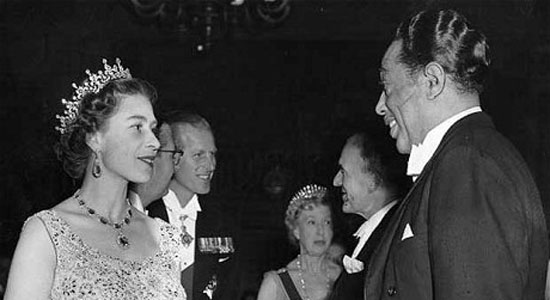Few bands survive the reboot Alice In Chains launched in 2008, six years after the death of its troubled powerhouse singer, Layne Staley. Guitarist Jerry Cantrell admits the idea of reemerging from stasis with a new vocalist, William DuVall, felt like a gamble. The result was Black Gives Way To Blue, a work worthy of standing alongside the band’s masterpiece, 1992’s Dirt. Though few would have predicted such a return to form, the album was certified gold, topped scads of best-of lists and launched two full tours. The new The Devil Put Dinosaurs Here stays true to the Alice In Chains sound, a dense shroud of gloom occasionally lifted by soaring harmonies and delicate riffs. For every dirge stomp like “Pretty Done” and the menacing creep of “Lab Monkey,” there are echoes of Jar Of Flies’ haunted acoustic beauty (“Voices,” “Choke”) or the filthy groove of “Stone,” the album’s second single. DuVall will be guest editing magnetmagazine.com all week. Read our brand new Alice In Chains feature.

DuVall: I have so many favorites among Duke Ellington’s peerless catalog of compositions, but one that I come back to time and again, particularly when I need to be reminded of the endlessly beautiful possibilities in life, is “Sunset And The Mocking Bird,” the first movement from his “Queen’s Suite.” Recorded on April 4, 1959, for Queen Elizabeth II, “The Queen’s Suite” was only made available commercially in 1976, the year following Ellington’s death. Prior to that, it existed solely on the single vinyl copy pressed exclusively for Her Majesty and presented to her by the composer. “Sunset” is based on one of Duke’s simpler yet nonetheless evocative themes, introduced by the maestro alone on piano. The moment when the orchestra drifts in like an ocean breeze to join him is one of the most soothing and breathtaking sounds I’ve ever heard. From there, it just gets better: those velvet horns, the fluttering and cascading counter-melodies, Duke’s thoroughly modern phrasing and comping, the awesome pocket the whole ensemble creates, Johnny Hodges’ soaring restatement of the melody at 2:35. It’s all magnificent.






